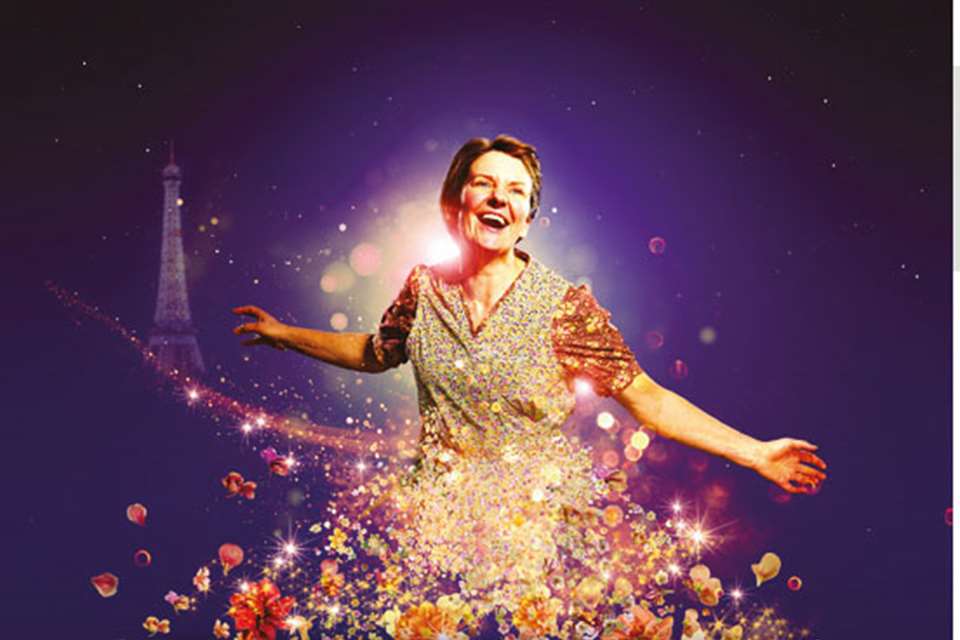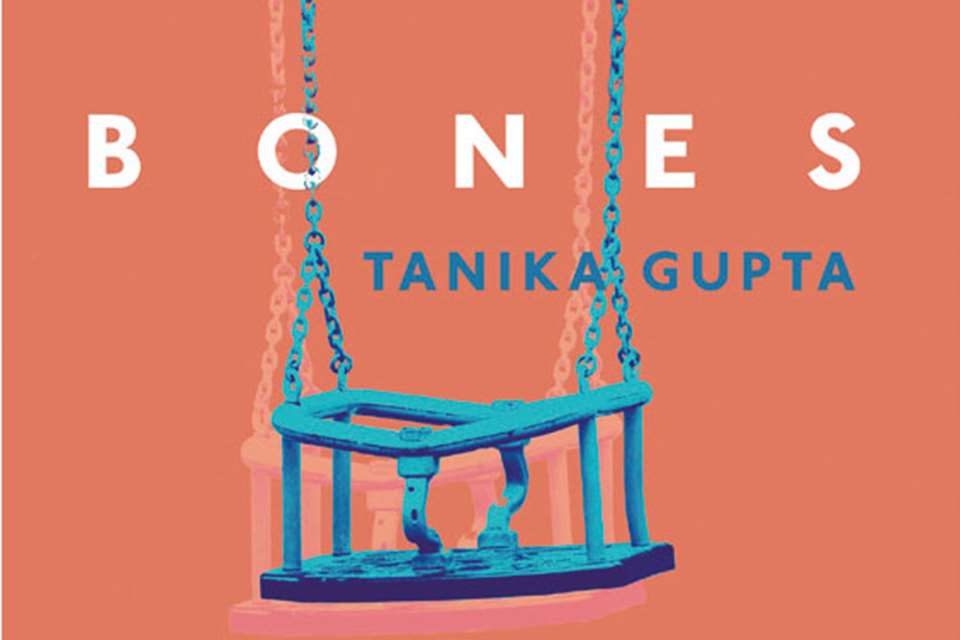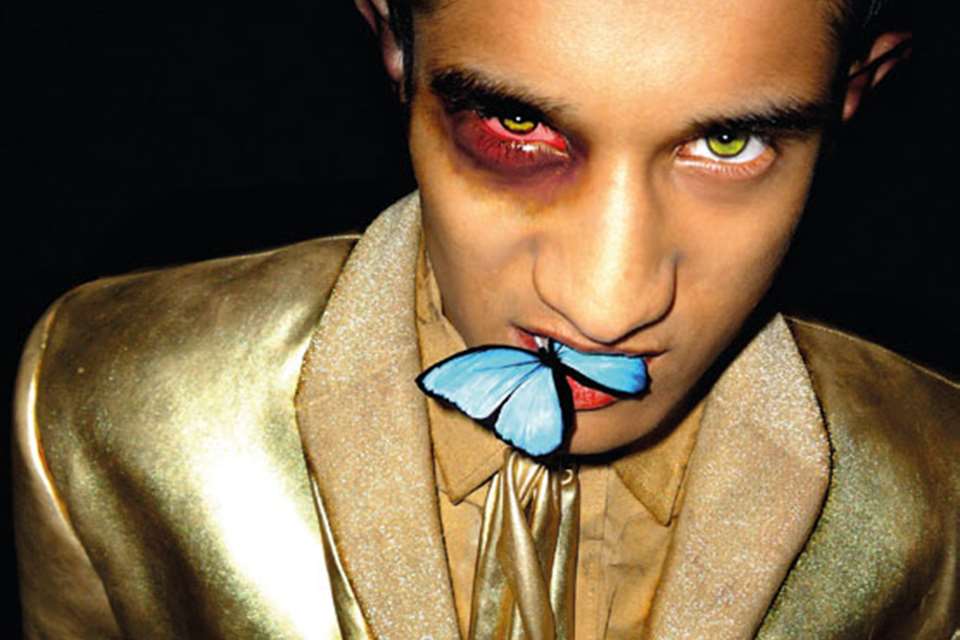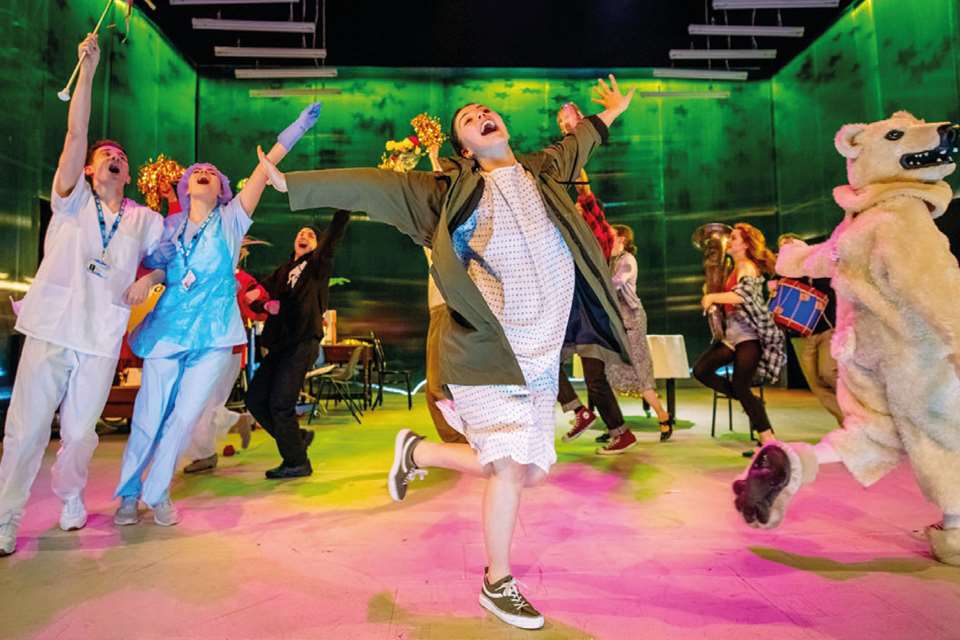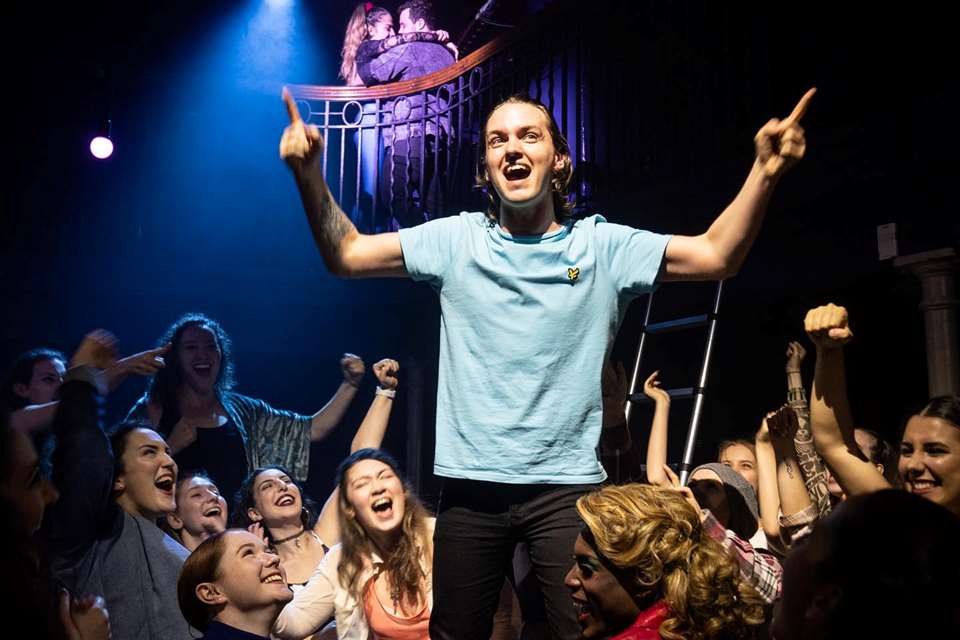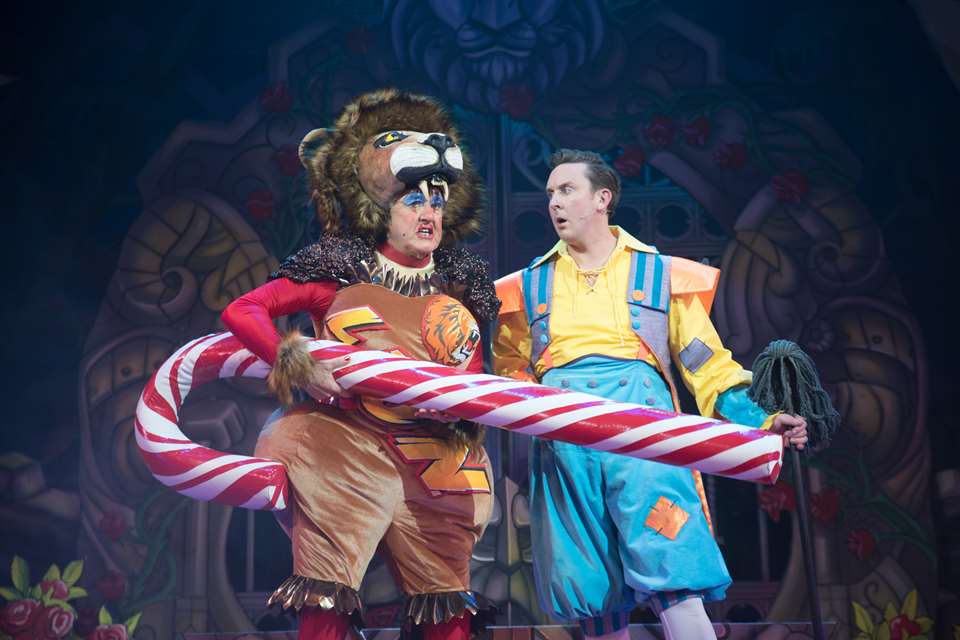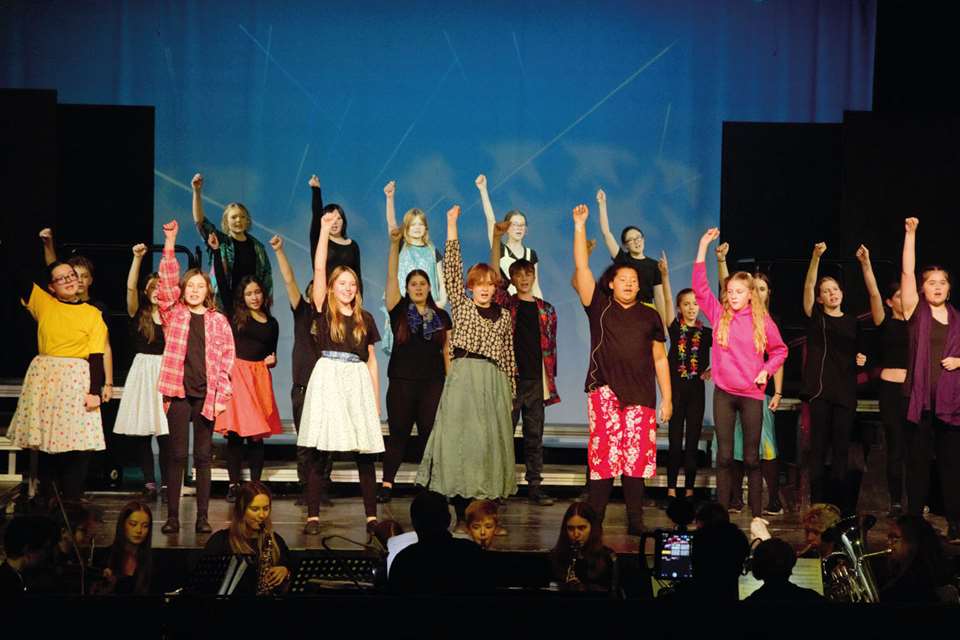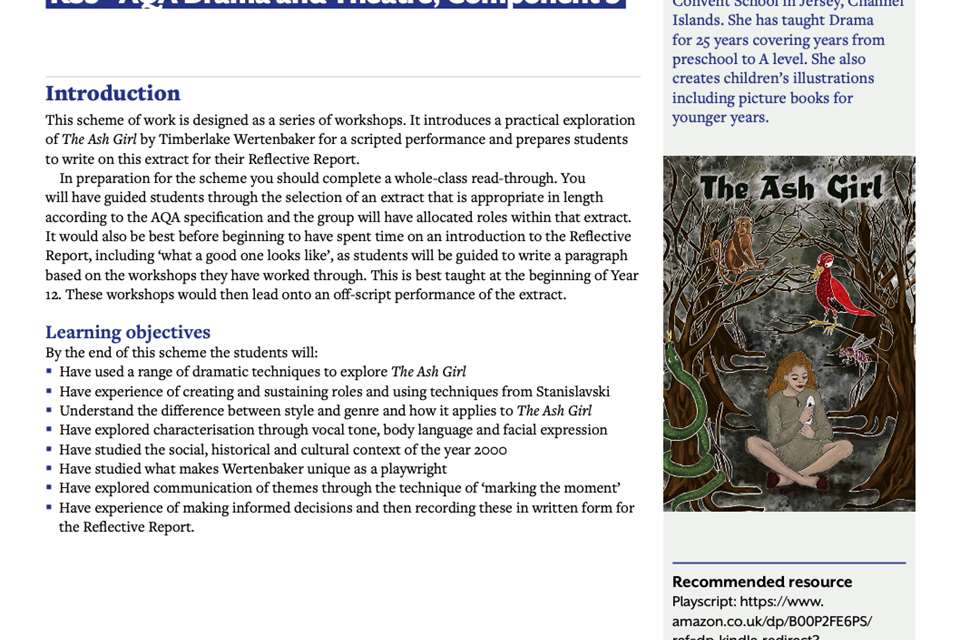Blood Wedding by Federico Garcia Lorca
John Johnson
Tuesday, March 1, 2022
Each issue of D&T we bring you a page-to-stage focus on a play for performance with your students. In this issue, John Johnson explains why he loves directing Federico Garcia Lorca's Blood Wedding.
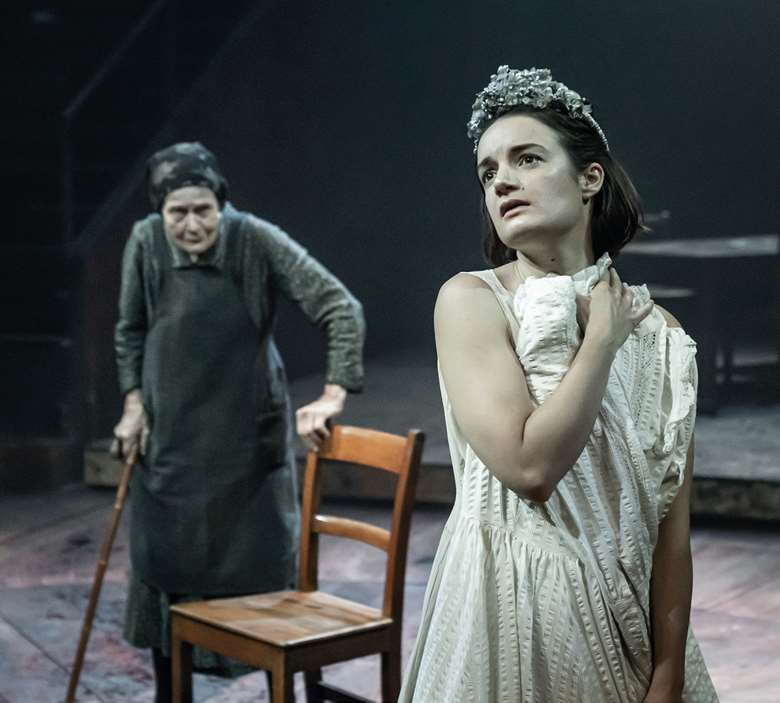
MARC BRENNER
Blood Wedding (or Bodas de Sangra as it's known in Spanish) is a play by Lorca that is often grouped with Yerma and The House of Bernada Alba. These form a group of passionate and earthy texts, sometimes known as The Rural Trilogy. I have always been drawn to the play for two reasons – firstly the script is based on Lorca's creation of drama and conflict, inspired by a true story of a fatal feud between two families in the Almeria province. In my experience, students are really engaged by a ‘real story’, (particularly with the scandalous themes involved), and this has certainly been true with Blood Wedding. The second magnetic draw with Blood Wedding is the symbolism and imagery in the language used. This is Lorca at his poetic best and the characters of the Moon, the Woodcutters and Death (the beggar) are surreal and almost mythological, adding a supernatural edge to this human story.
Plot
Blood Wedding concerns the relationship of the Bride, who is not allowed to marry the man she is in love with (Leonardo) as their families do not get along. Subsequently, Leonardo marries another woman and the Bride is also arranged to be married to another man who her family approve of but whom she doesn't love. Although Leonardo is married already, he confesses to the Bride that he is still in love with her. At first, she rejects him and tells him to be quiet, but then confesses that she still loves him, too. Despite these revelations, she feels pressured to go on with her marriage to the other man (Bridegroom), but on the night of her wedding reception, she elopes with Leonardo. When their disappearance is revealed, the Mother commands that everybody search for them. In the forest that the Bride and Leonardo have fled into, the play begins to become more poetical, dark and surreal. The Moon and Death (the beggar) work together to encourage the Bridegroom and Leonardo to kill one another; Leonardo and the Bridegroom meet and kill each other in a duel. At the end of the play, the Bride returns to the church hoping the Bridegroom's Mother will kill her. There are two versions of the play, one in which the two women reflect upon the deaths of the men and another where the Bride is killed as a sacrifice to restore order and balance.
Themes
Love and passion are at the heart of this play and these universal themes allow students to understand the relationships within the text. The earthy passion present in the voices of Lorca's characters mean that this particular piece is perhaps more suited to an older age group. The themes of honour, religion and familial control are also pertinent, and parallels can be drawn with modern day stories of revenge killings and coercion.
Nature is also an important aspect of this play, not least because of the rural setting and Lorca's own Andalusian village upbringing. The moon, the forest, the earth, orange blossoms and the river all feature heavily in the settings, dialogue and characters. Lastly, one cannot escape the themes of violence and revenge which rear their ugly heads, particularly towards the end of the story.
Design
In my own production of Blood Wedding, I found it impossible to ignore the earthy themes and Andalusian background of Lorca and the story that the plot is based on. As such, lighting in my production was full of warm reds, straw colours and intense washes to suggest the heat of the sun and the passion running throughout. Multiple bags of sand and numerous succulents were shipped in to offer an earthy and arid setting, while the burning sun slowly set in a projection over the heads of the audience. Costume was based on the purity of the Bride with a plain white dress becoming spotted with bright red blood towards the end of the play. Joaquín Rodrigo's Adagio from Concierto de Aranjuez added to the dramatic mood and atmosphere, and felt in keeping with the Andalusian backdrop I was hoping to create.
Adaptation
Of course, my staging of the play was very ‘traditional’, but there have been a range of adaptations. Omnibus theatre produced a version set in modern day London against the backdrop of rising knife crime in 2018. In 2021 De Montfort University produced an online, digital version of the play in conjunction with Leicester's Curve Theatre.
Perhaps the most striking adaptation was Yael Farber's stunning version at The Young Vic in 2019 – a visceral production which relocated the story to rural Ireland.
The themes are timeless and the symbolism so abstract, that the world really is your oyster when it comes to staging this brilliant Lorca play.


